Andean Chuspas at BGC Focus Gallery, New York
At the Focus Gallery at the Bard Graduate Centre, New York, Carrying Coca: 1,500 Years of Andean Chuspas is showing to 3 August 2014. Both weaving and coca have been vital components of daily life, ritual practices and social relationships in South America for thousands of years.
The exhibition explores textile traditions in Peru and Bolivia and the story of the sacred and contested substance the Chuspa bag is designed to carry. Archeological Nazca examples are shown that have never been exhibited elsewhere and weaving development is traced through the ages with examples collected in the 20th century from highland communities and modern bags produced for the souvenir trade. The materials and techniques used reflect global environmental and economical impacts and mirror the varied cultural attitudes towards coca itself.
Curated by Nicola Sharratt, the show runs simultaneously with Waterweavers: The River in Contemporary Colombian Visual and Material Culture in the main BGC Gallery space.


Chancay Chuspa, Central Peru, 1000-1467 AD, Camelid fiber and cotton, Courtesy of the Division of Anthropology, American Museum of Natural History
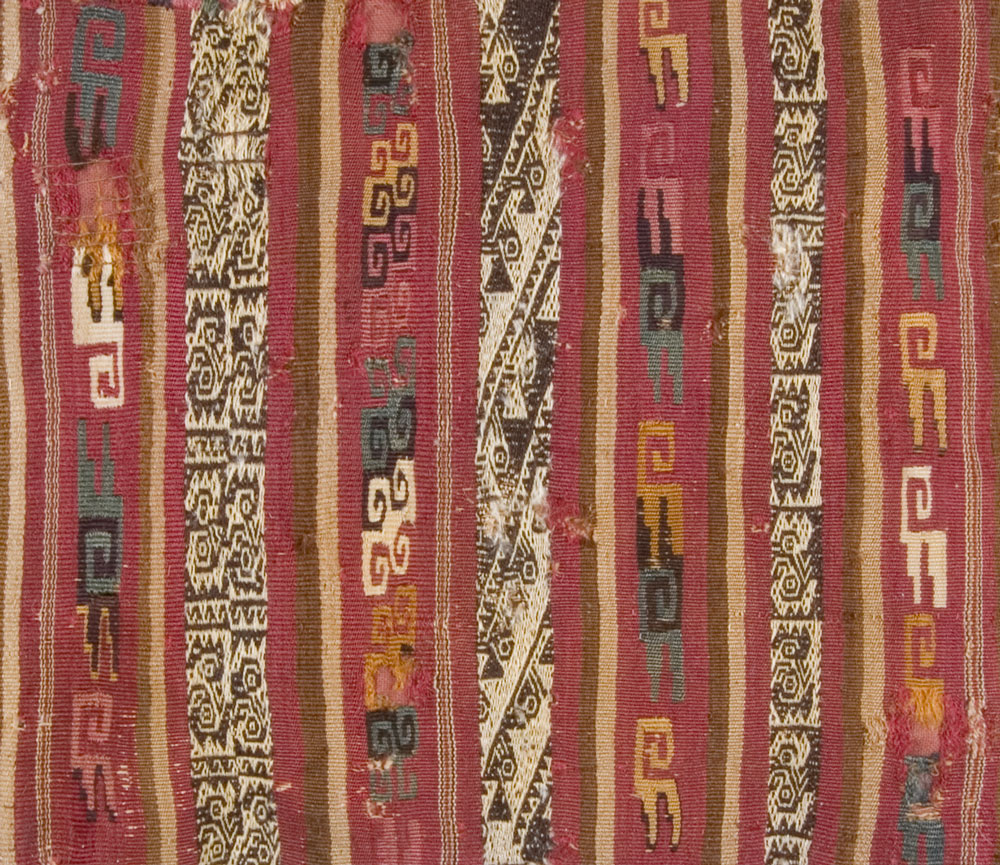
Chuspa, Inca, Ancon, Peru. AD 1450–1532. Camelid fiber and cotton, courtesy of the Division of Anthropology, American Museum of Natural History.
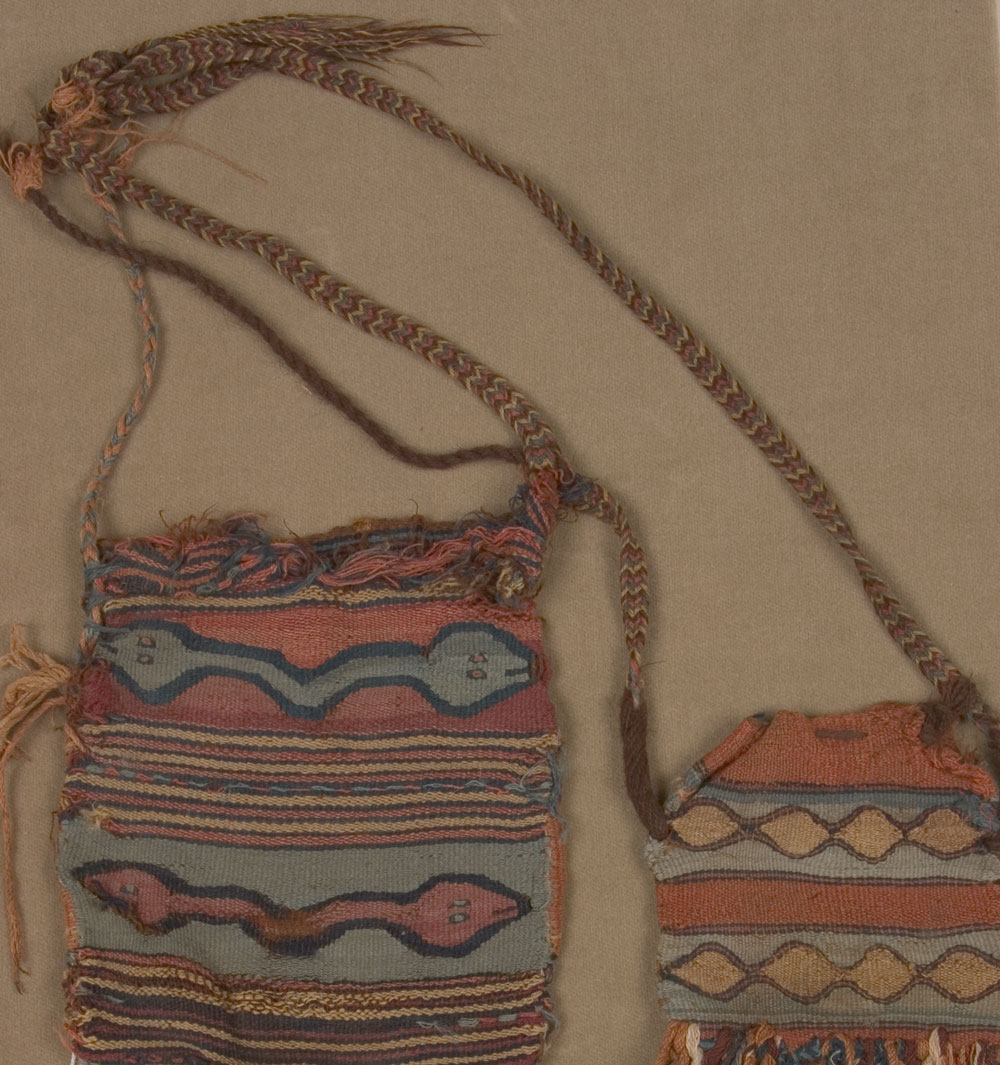
Two chuspas (detail), Nasca, Peru. 100 BC–AD 700. Camelid fiber and cotton, courtesy of the Division of Anthropology, American Museum of Natural History
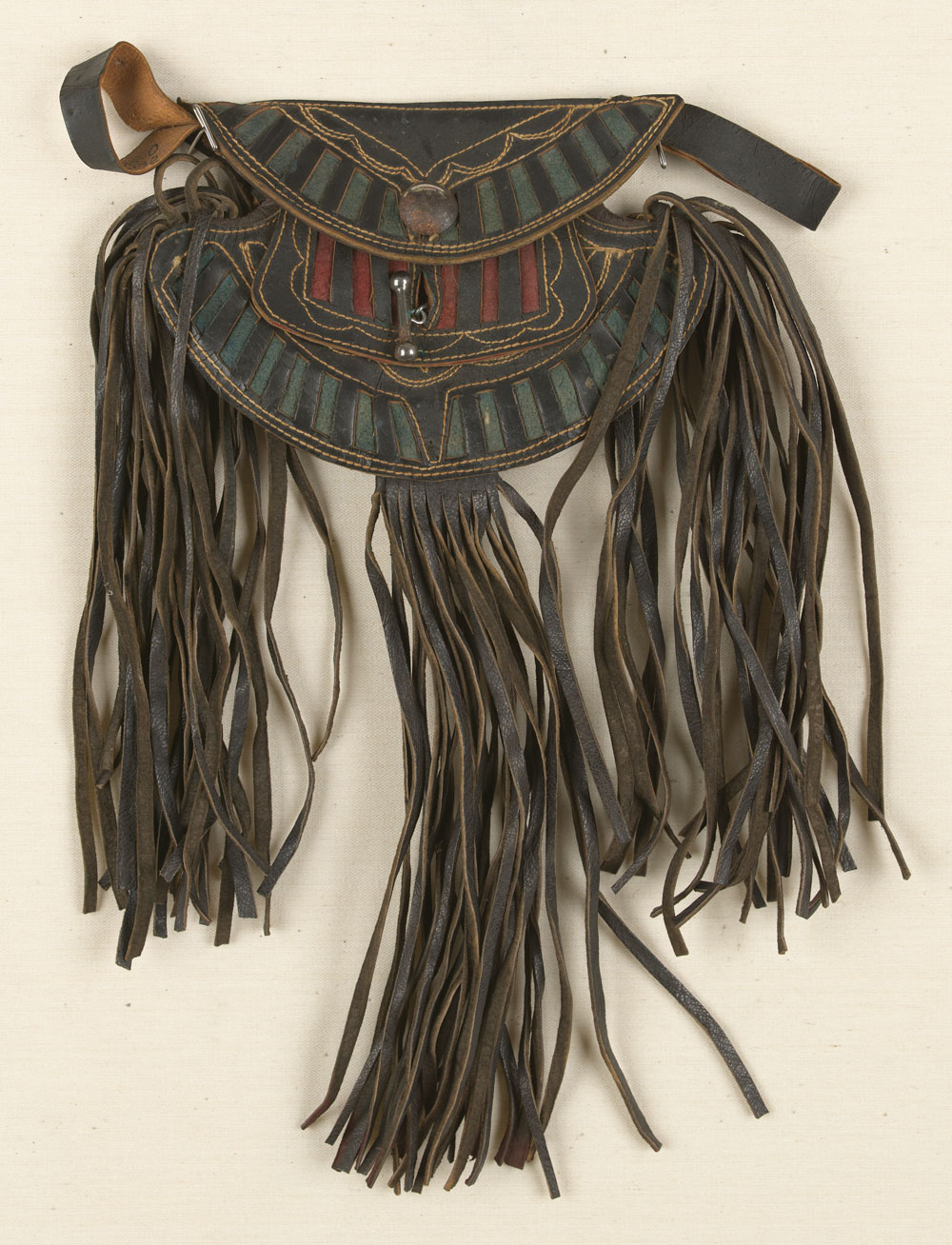
Chuspa, La Paz, Bolivia. Accessioned in 1937. Leather, pigment, metal, thread. Courtesy of the Division of Anthropology, American Museum of Natural History
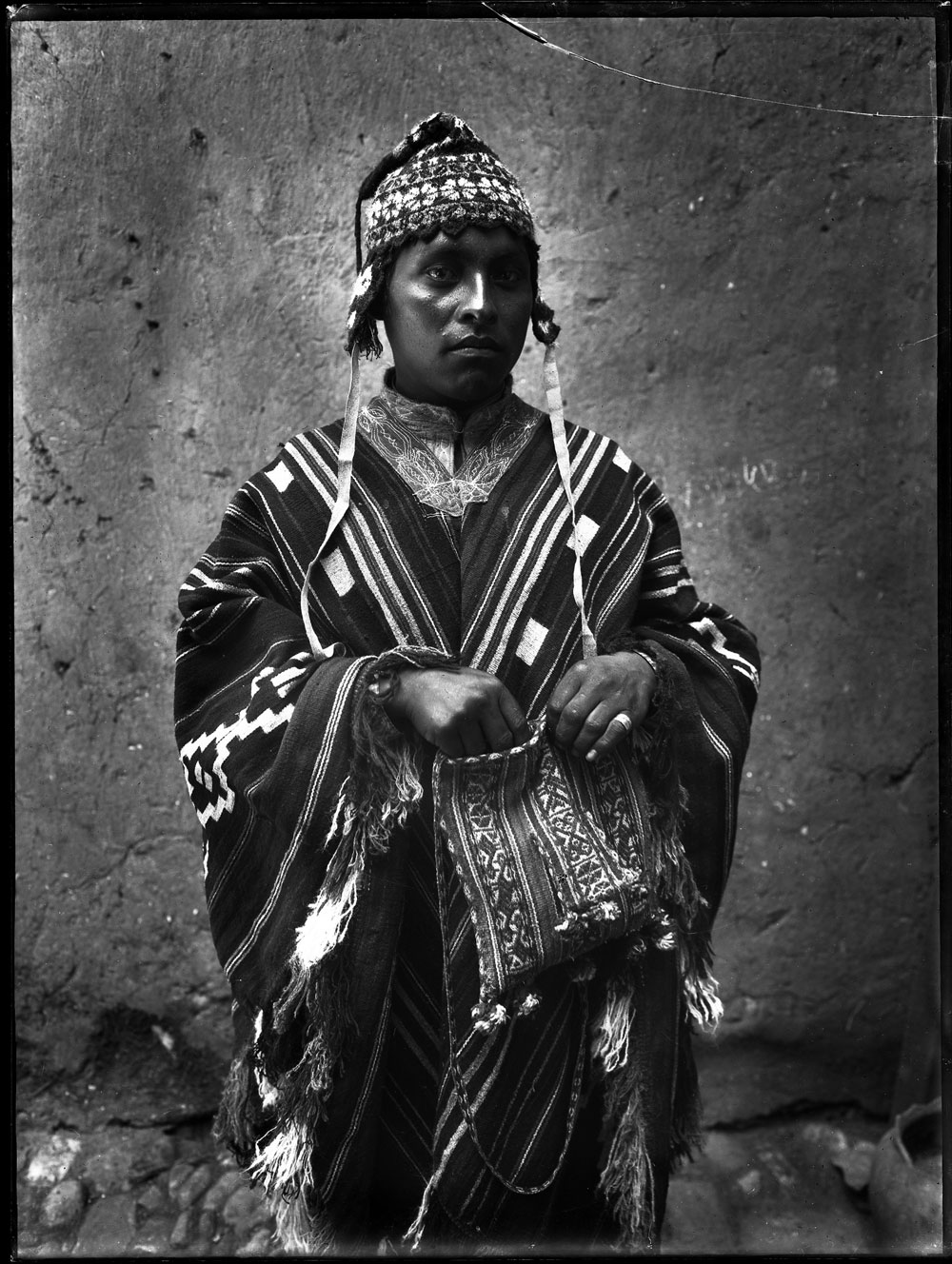
“Campesino con chuspa,” (“peasant with coca bag”), Martin Chambi, photographed near Cuzco, Peru, 1934. Martín Chambi archives.

Chuspa collected in Pocoata, Bolivia, in 1969, courtesy of the Division of Anthropology, American Museum of Natural History
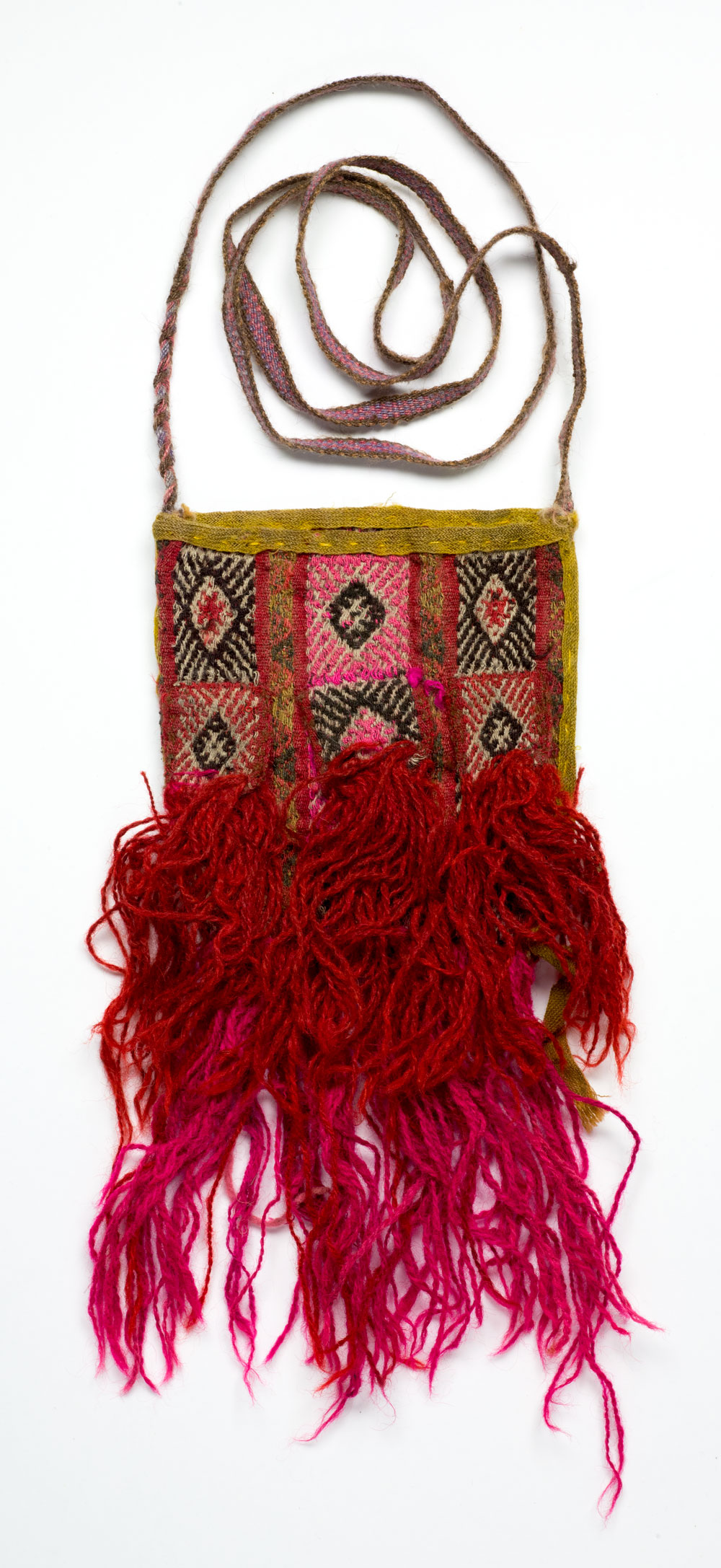
Q’ero, Cuzco, Peru. 1956. Courtesy of the Division of Anthropology, American Museum of Natural History



























Comments [0] Sign in to comment